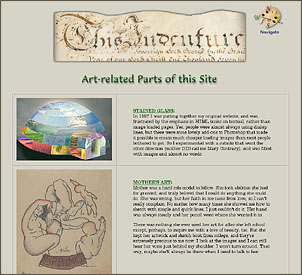the human figure, and his command of his material. The figure is a masterly study of form,
attitude and expression, and the original painting is a superb piece of color.
The greatest modern master of figure painting, at least in the academic sense,
William Adolphe Bouguereau,
was born at La Rochelle, in the Gironde, in 1825. When he was seventeen years old, he had saved enough
out of his earnings to carry him to Paris and support him there for a year. On this capital he became
a pupil of Picot, and in 1843 entered as a student into the Ecole des Beaux Arts,
until in 1850 he won the great prize scholarship known as the Prix de Rome,
which entitled him to study four years in Italy at the expense of the Government.
He became an Officer of the Legion of Honor. He was elected a member of the Institute. He was made
honorary member of all the great art academies of Europe. He was loaded with medals, until they formed a
unique collection in themselves. William Amberg is a native of Berlin, born in 1822, and,
beginning as a pupil of Professor von Herbig, later became a student under the eminent artist Karl Begas.
He then studied in Paris in the studio of Cogniet, worked among the galleries in Italy, especially in Rome
and Venice, to good effect, and then returned to his native country, where he found no lack of
patronage. Jules Frederic Ballavoine, who is a Parisian by birth, and has had his share of
Salon honors, is a pupil of Pils, who was the master of so many French artists of the
foremost talent. His "Lassitude" is a model in its department of his art.
Back Forward
Chapter 3 Text
Jules Frederic Ballavoine





![]() Copyright © 2007, Mary S. Van Deusen
Copyright © 2007, Mary S. Van Deusen